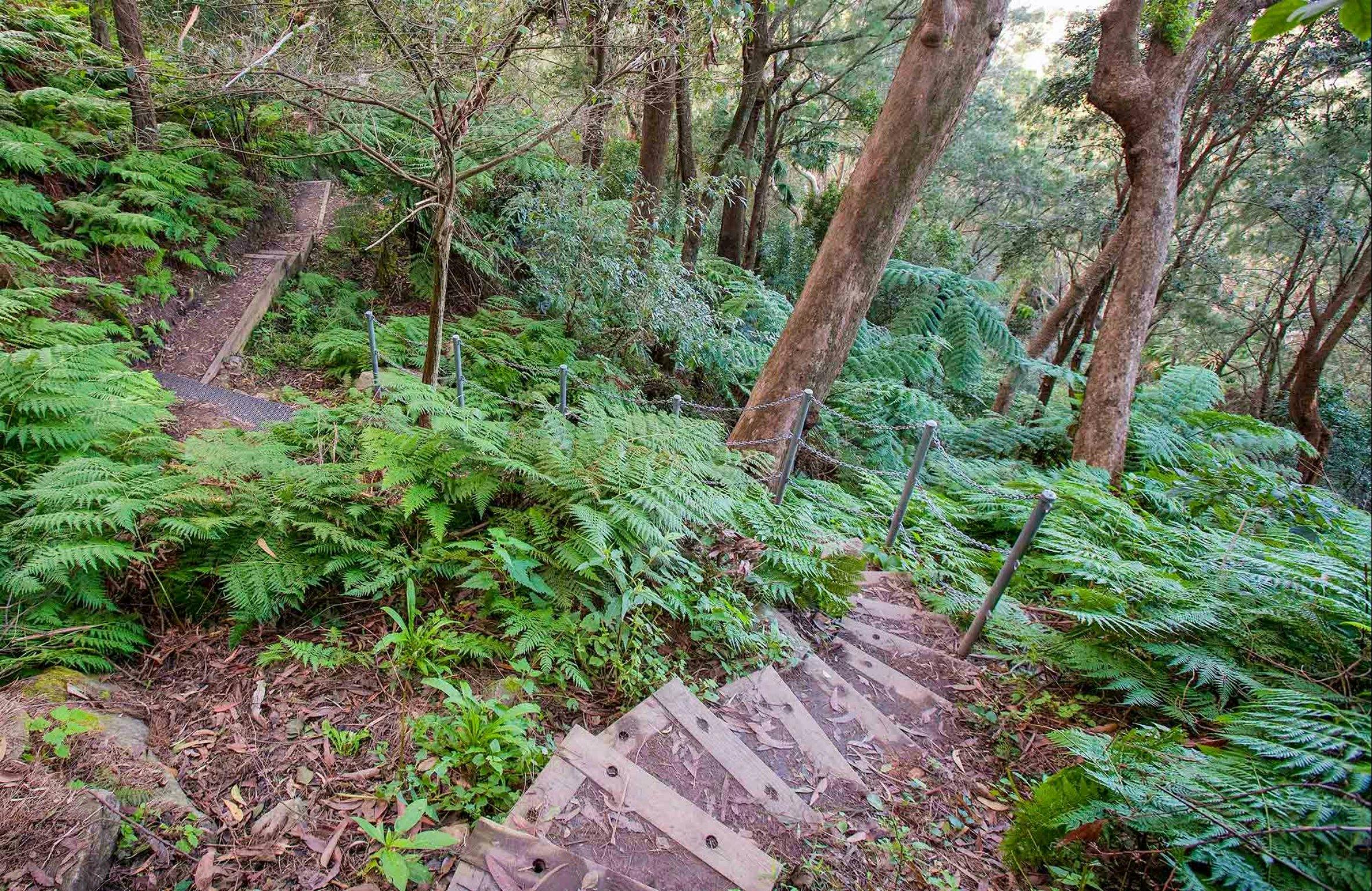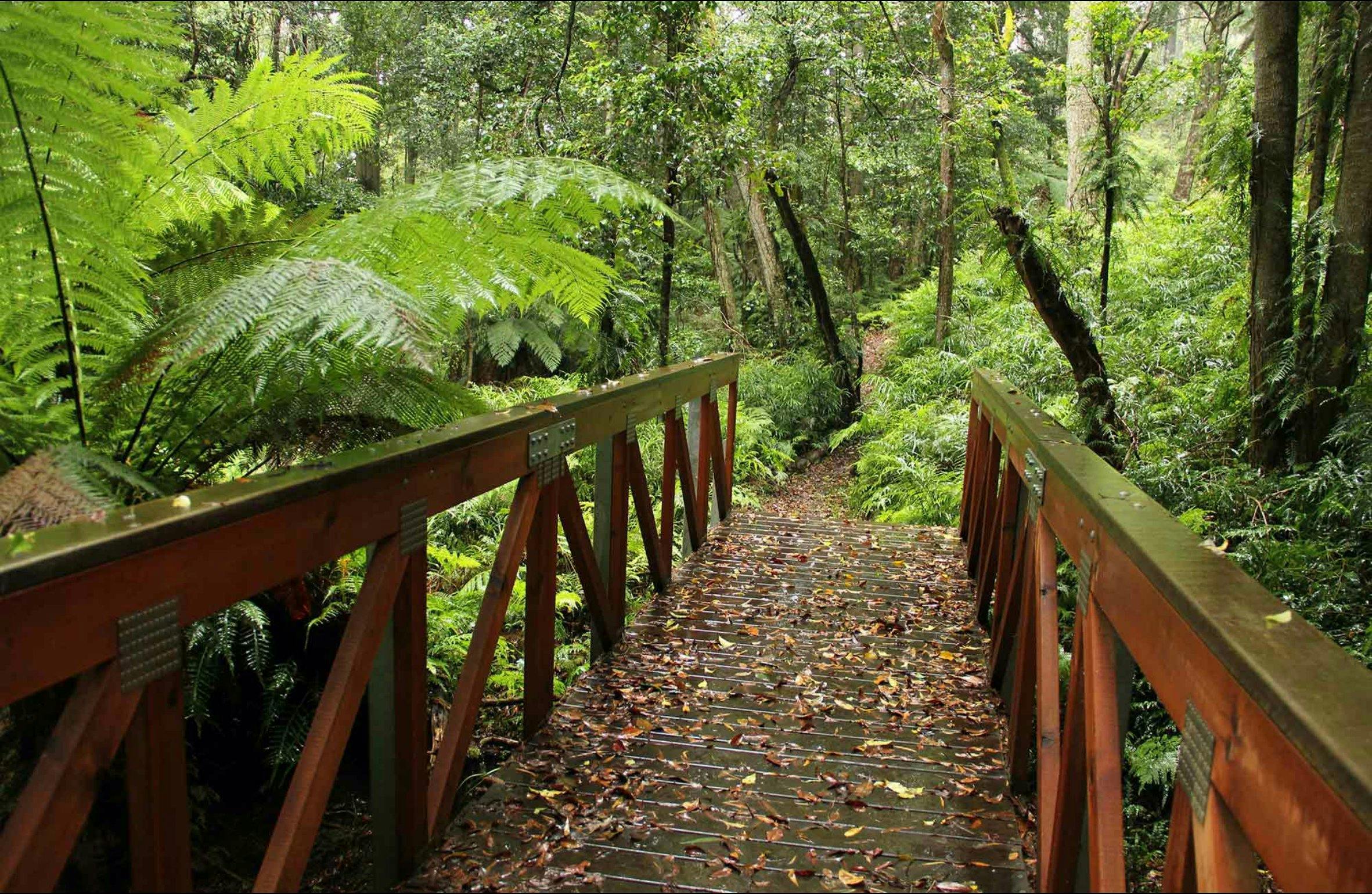
Places you may visit include: Neumayer Channel, Port Lockroy, Pléneau & Petermann Islands, Neko Harbour, Paradise Bay, and Errera Channel. Disembark by Zodiac and explore the continent each day.
#Ortelius walking tracks windows#
Twin deluxe cabins with windows and two single lower berthsĪll cabins have a minimum of two porthole or window, a private shower and toilet, flatscreen TV, hair dryer, and telephone and Wi-Fi at an additional cost.Twin cabins with windows and two single lower berths.Twin porthole cabin with two single lower berths.


When you aren’t exploring the Antarctic on land or cruising the coastline in a Zodiac, you can enjoy the Ortelius program of lectures, delivered by the expedition team’s naturalists and adventure guides. Our team of LANDED travel specialists can help you select the voyage that’s right for you. Activities vary depending on the chosen itinerary. Ship-to-shore helicopter transfers are included in other Antarctica programs aboard the Ortelius. The ship’s “basecamp” itinerary also offers camping, kayaking, snowshoe/hiking, mountaineering, and photo workshop. Ortelius carries a fleet of ten Zodiacs for exploration and remote landings. Zodiac cruising and onshore hiking are included with every departure (weather permitting). Voyages aboard the Ortelius are designed to offer passengers as much time as possible ashore with the wildlife and landscapes of the Antarctic. Laundry service, bar, beverages, telecommunication and excess baggage come at an additional cost. Ortelius has a non-smoking policy, but guests can smoke in certain designated areas. All meals onboard the ship, including snacks, coffee and tea are included in all itineraries. The Ortelius is furnished with an observation lounge, two restaurants, bar, lobby, observation deck, hospital, gallery and lecture room. With 6 ZL 40/48 SULZER engines, the Ortelius cruising speed is of approximately 10.5 knots. The vessel is 298 feet long, with a width (beam) of 56 feet, and a draft to baseline of 18 feet. The Ortelius has a maximum capacity of 108 guests, supported by a crew of 20, a 19-member hotel staff, a seven-member expedition team (an expedition leader and six guides / lecturers), and an onboard doctor. With the highest ice-class notation (UL1 equivalent to 1A) the Ortelius ship is ideally suited for Antarctic expediting.

In performance, ‘The Lecture Piece’ concentrated in a different way on the musicality of formal speech, emphasising the spatialising rhetoric of argument, while discussing the history of cartography in western Europe.MV Ortelius is an ice-strengthened polar expedition ship. It was taken up by Louise Curham as a script for her film the film, in turn, served as a moving musical score which was accompanied also by live recitation. The title quotes from Michel de Certeau’s essay ‘Walking in the City’, and the text traces a pathway to introspection using techniques of repetition and accumulation. Writing for Maps began with ‘Surveys of routes miss what was’, a poem in nine parts. Maps audiences were itinerant, led on a counter-intuitive route through grand, historic interiors: Part 1 was staged in the North Melbourne Town Hall, Part 2 in a former Freemason’s temple in Copenhagen, both buildings selectively transformed by theatrical illusion. Sustained dialogue between the artists-based in Europe, Japan and Australia-produced a suite of scenographic designs and installations handwritten scores (both solo and ensemble works) texts, and a handprocessed film. In meticulous detail Maps explored conceptual and practical correspondences between cartography, musical notation and scripts for performance.

Without doubt Maps was the most ambitious of the site-specific projects brought to fruition by Aphids during the company’s first fifteen years it was realised in collaboration with sister company Kokon.


 0 kommentar(er)
0 kommentar(er)
